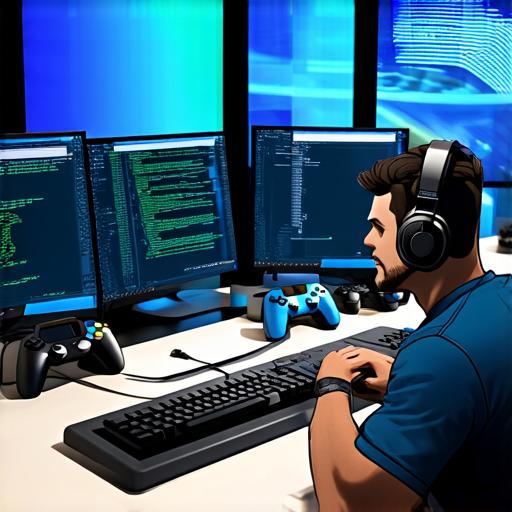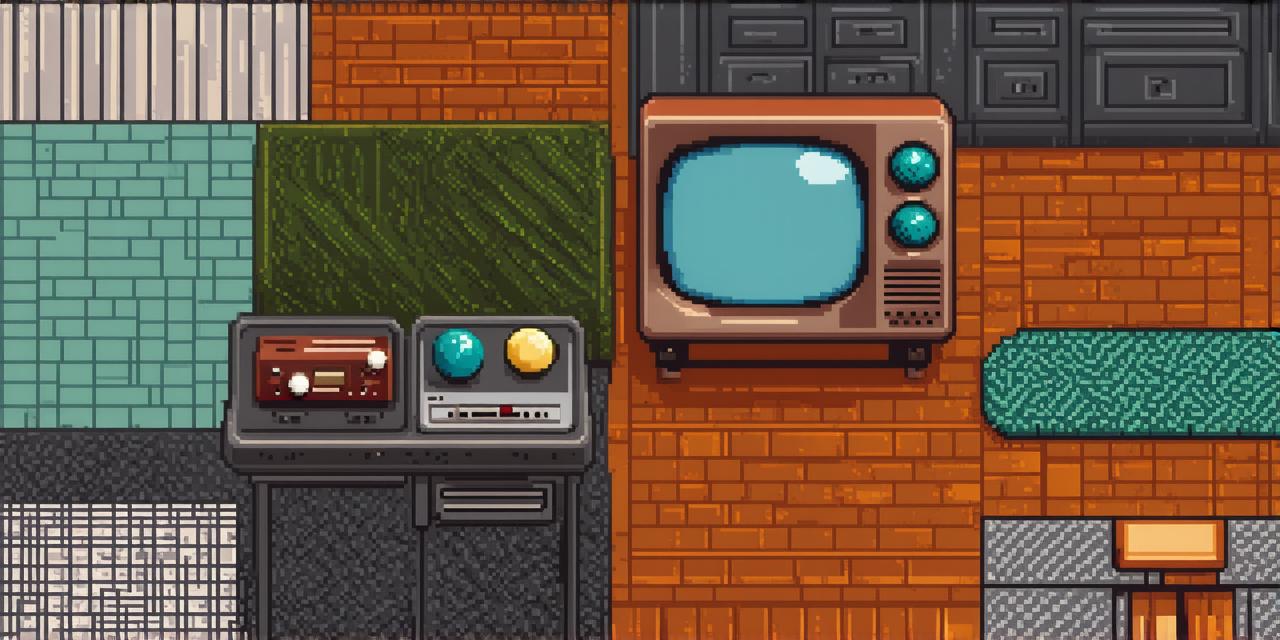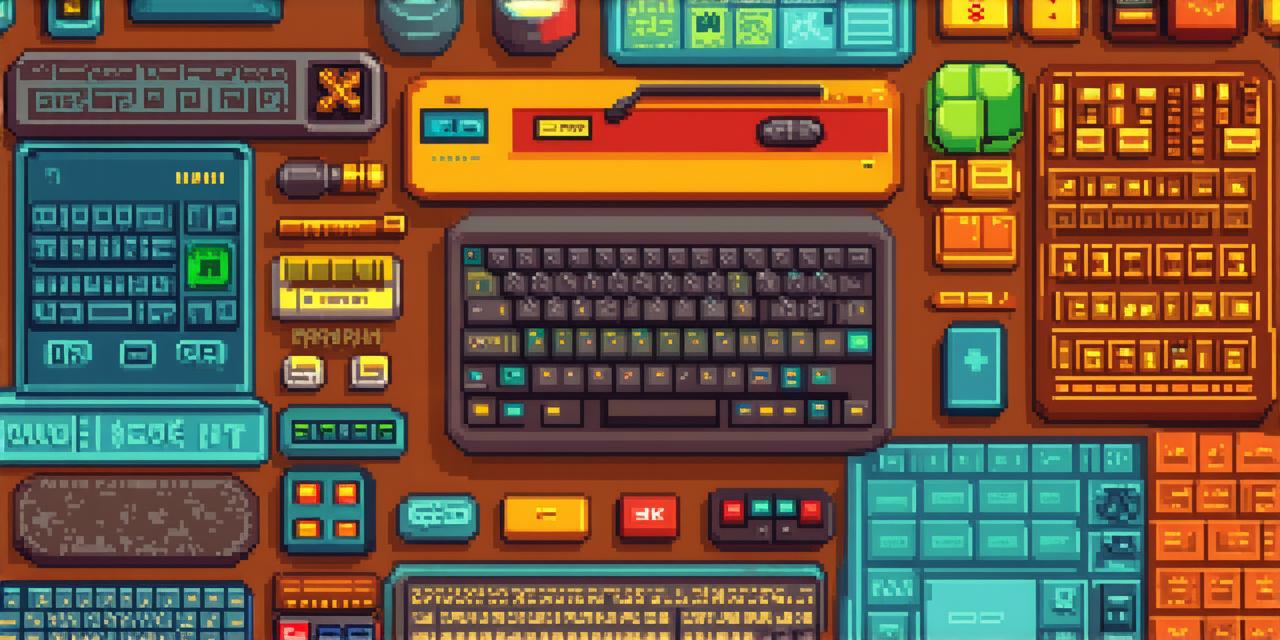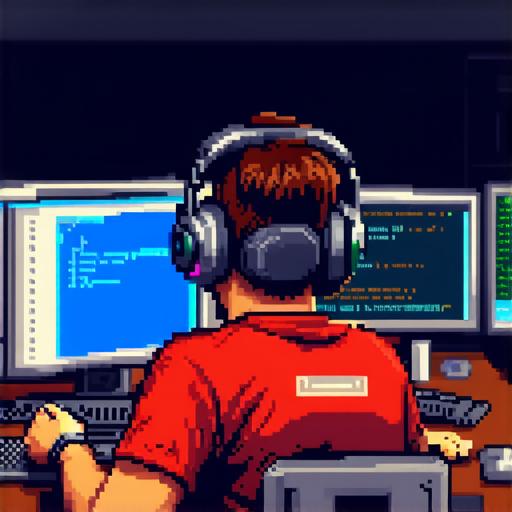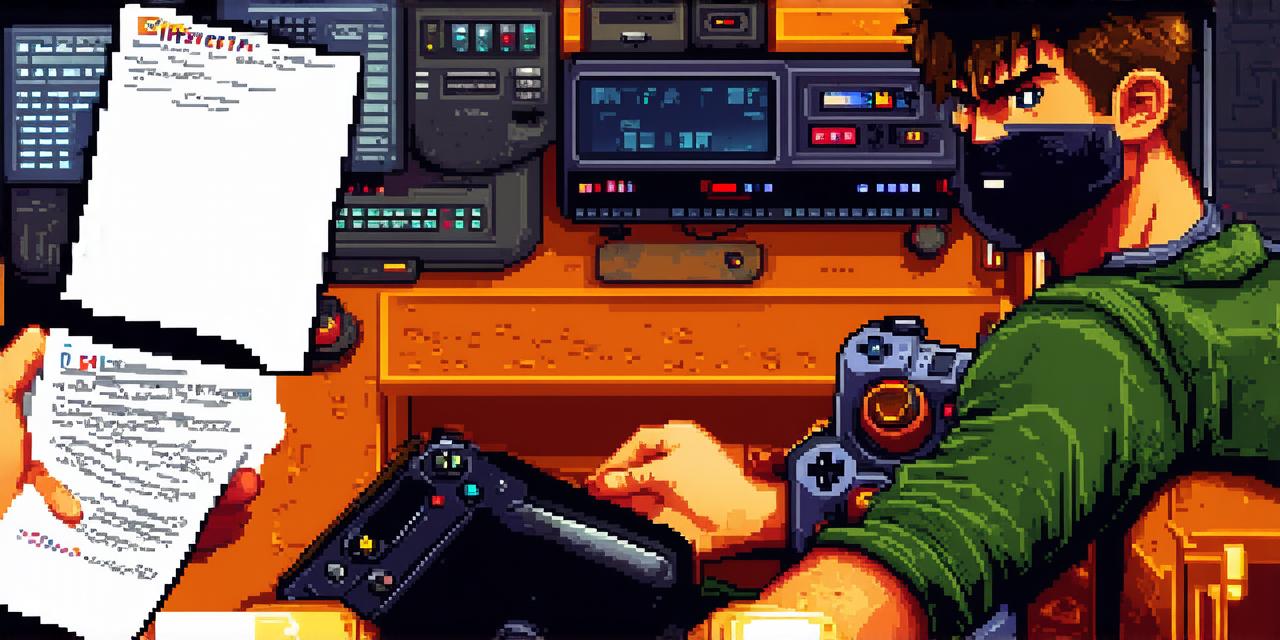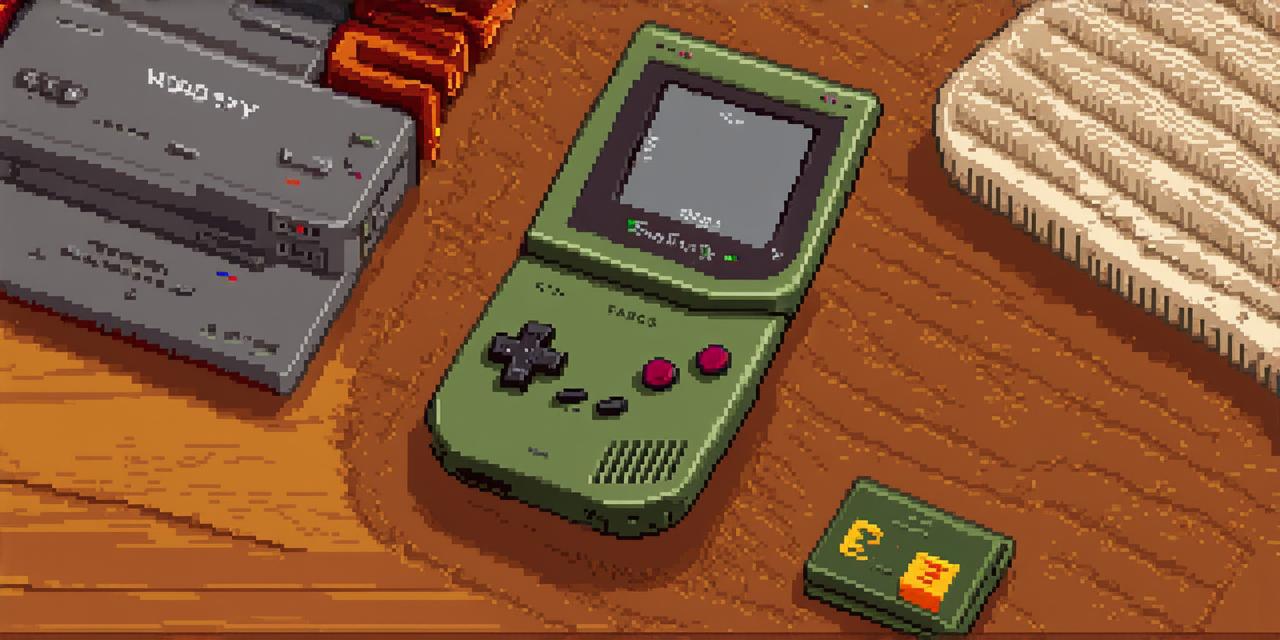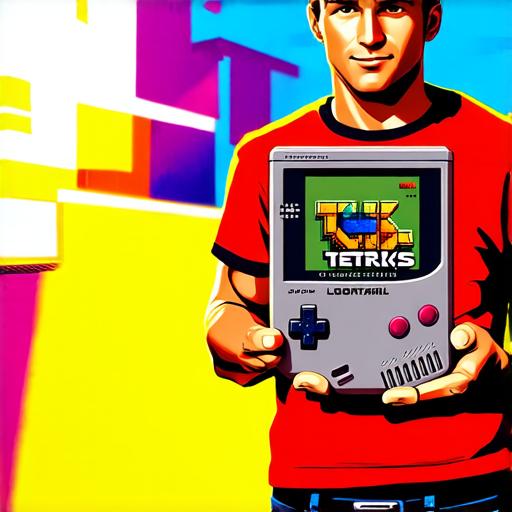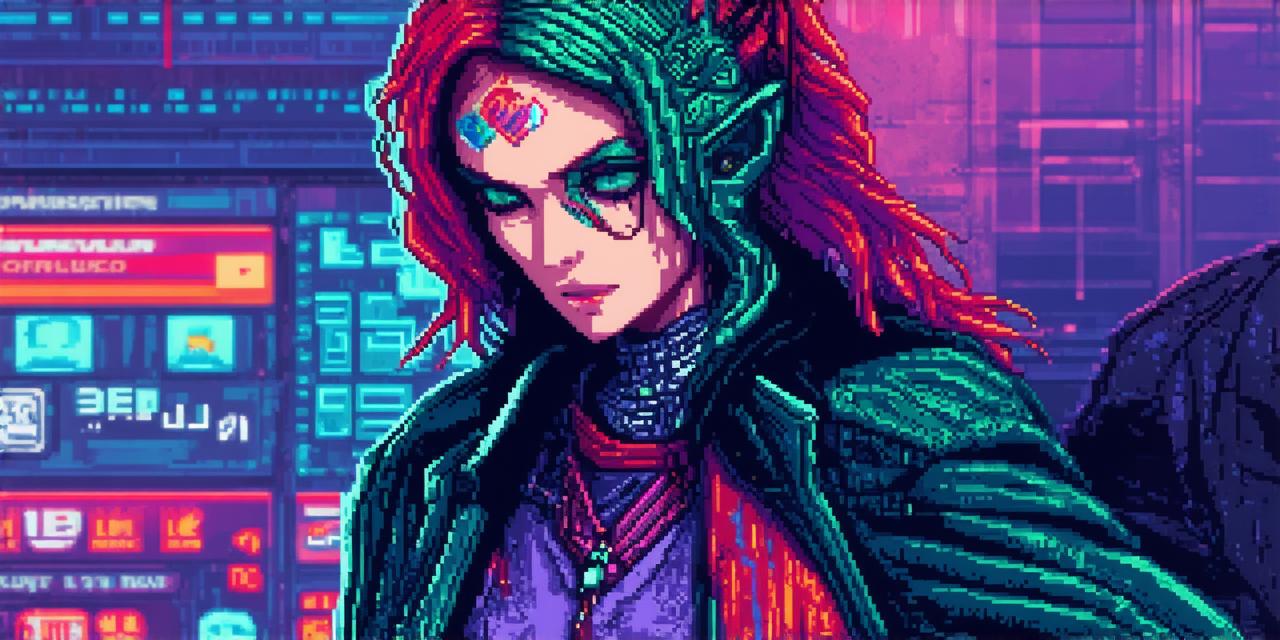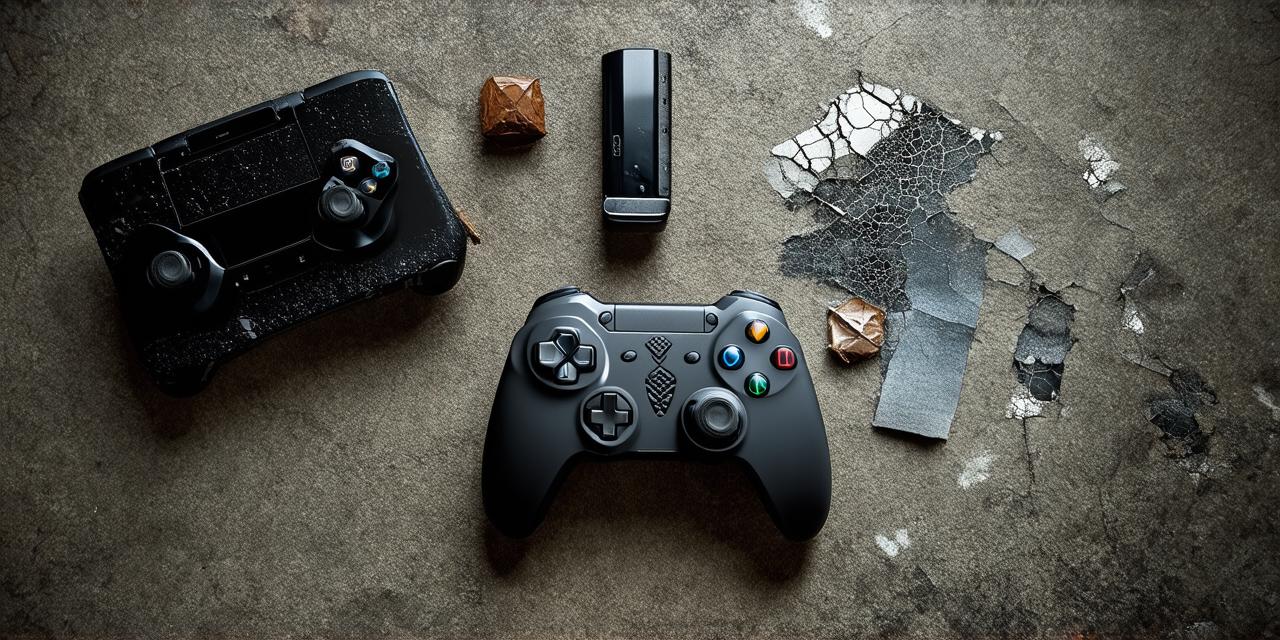How to start video game business
Market Research: Understanding Your Target Audience
The first step in starting a video game business is to conduct thorough market research to understand your target audience. This will help you identify the type of games they like to play, their preferred platforms, and their buying habits. Conducting surveys, focus groups, and analyzing data from existing video game businesses can provide valuable insights into your target market.
For example, let’s take the case of Markus Persson, the creator of Minecraft. When he first started developing the game in 2009, he conducted extensive market research to understand what players wanted in a sandbox-style game. He analyzed other successful games in the genre and incorporated elements that players enjoyed into his own game. This helped him create a unique and engaging game that appealed to his target audience and eventually led to its success.
Game Development: Creating Your Game Concept
Once you have a good understanding of your target market, it’s time to start developing your game concept. This involves brainstorming ideas for your game, creating a prototype, and refining your game mechanics until they are polished and ready for release.
It’s important to note that game development is a complex process that requires a team of skilled professionals, including programmers, artists, and designers. However, even solo game developers can create successful games with the right tools and resources. For example, Unity and Unreal Engine are popular game engines that allow you to develop games for multiple platforms with minimal coding.
Marketing: Promoting Your Game
Once your game is ready for release, it’s time to start marketing it to your target audience. This involves creating a website, social media presence, and other promotional materials that showcase the features and benefits of your game. You can also reach out to gaming influencers and journalists to get coverage for your game and generate buzz.
In addition to traditional marketing methods, there are also many innovative ways to promote your game, such as using augmented reality (AR) or virtual reality (VR) technology to create immersive experiences for players. For example, the popular game Pokémon Go uses AR technology to allow players to catch virtual creatures in real-world environments.
Finance: Securing Funding for Your Game Business
Starting a video game business can be expensive, especially if you’re developing a large-scale game with a team of developers. To secure funding for your game business, you may need to pitch your game concept to investors or apply for a loan from a bank or other financial institution.
It’s important to have a clear and compelling pitch that outlines the potential revenue streams for your game and how you plan to grow your business over time. You should also have a detailed budget that shows how you plan to spend the funding, including costs for development, marketing, and operations.
Conclusion: Starting a Video Game Business is Possible
Starting a video game business can be a challenging but rewarding endeavor for game developers who are passionate about creating engaging and innovative games. By conducting thorough market research, developing a unique game concept, promoting your game effectively, and securing funding, you can turn your passion into a profitable career. Remember to stay focused, work hard, and never give up on your dreams. With the right mindset and resources, anything is possible!
FAQs
What skills do I need to start a video game business?
To start a video game business, you will need skills in programming, art, design, and marketing. It’s also important to have a strong work ethic and the ability to manage a team of developers.
How much funding do I need to start a video game business?
The amount of funding needed to start a video game business can vary depending on the scope and complexity of your game. You may need to secure funding from investors or apply for a loan from a bank or other financial institution.
Can I start a video game business as a solo developer?
Yes, it is possible to start a video game business as a solo developer. However, you will need to have the necessary skills and resources to develop your game on your own or work with a small team of developers.
How long does it take to create a video game?
The time it takes to create a video game can vary depending on the scope and complexity of the game. Small indie games can be created in a few months, while large-scale AAA games can take several years to develop.
